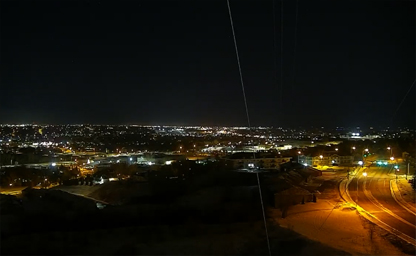
Minot
Known for being home to Minot Air Force Base

Known for being home to Minot Air Force Base
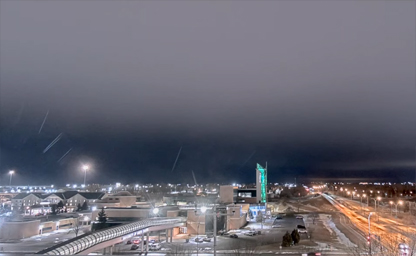
View faces west and is mounted on Clifford Hall on the campus of the U. of North Dakota
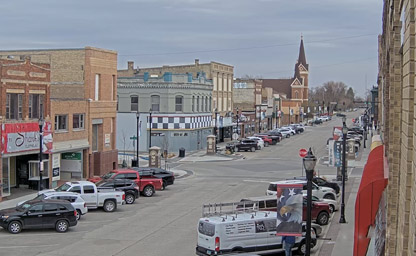
As a hub of activity and a gateway to the surrounding natural and historical attractions
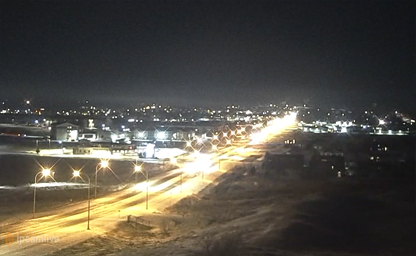
A city in and the county seat of McKenzie County
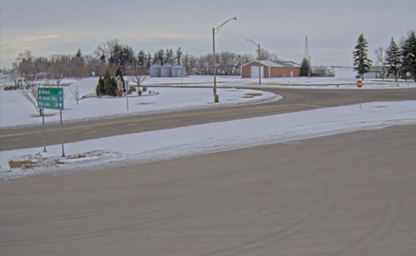
Centrally located in the Prairie Pothole Regions of the state
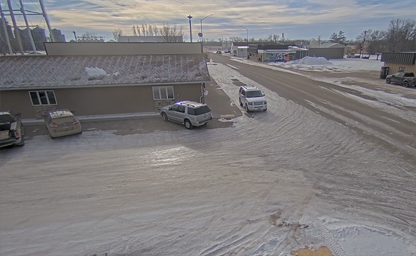
It is known for its friendly people, small businesses, and beautiful landscapes
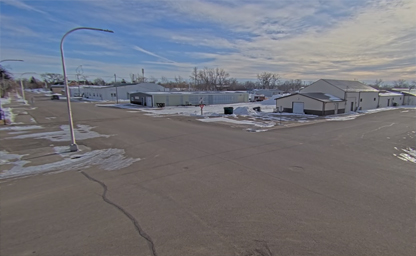
It is centered between North Dakota's four largest cities
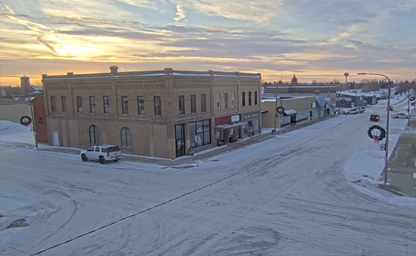
One of North Dakota’s larger towns
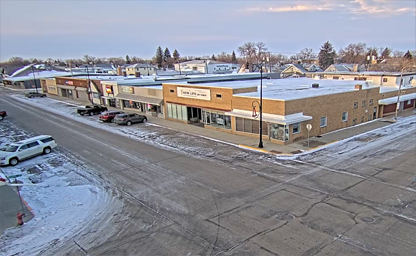
Serves as a vital link between the town’s rich past and its vibrant present
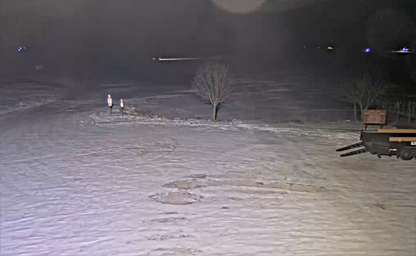
Situated in Ramsey County in the State of North Dakota
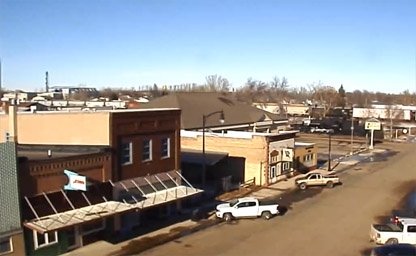
A small town in North Dakota and a part of Wells county
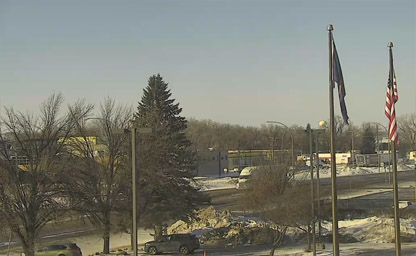
Across from its sister city of East Grand Forks
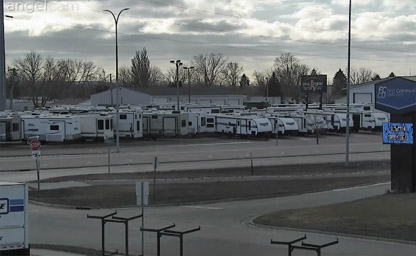
Situated in Ramsey County and Benson County
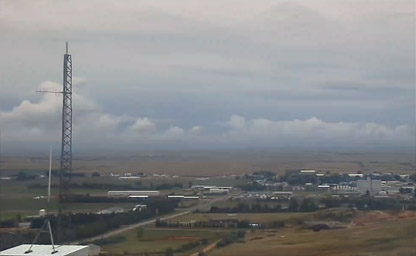
A city and county seat of Bowman County
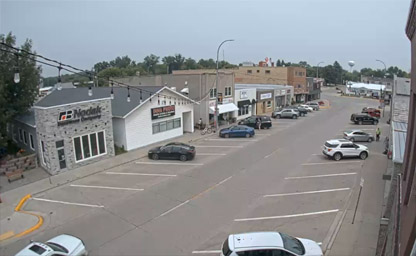
The largest city in Pembina County, North Dakota
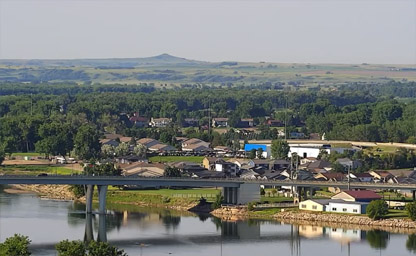
Across the Missouri River connecting the "twin cities" of Bismarck and Mandan
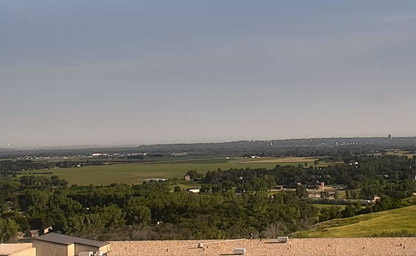
The county seat of Burleigh County
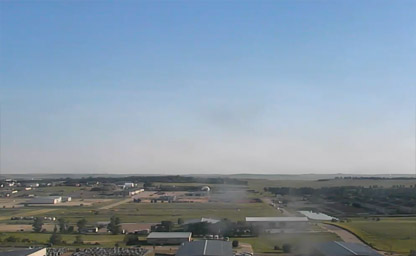
A city in and the county seat of Stark County
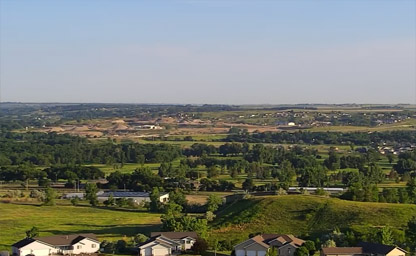
Known for being home to Minot Air Force Base
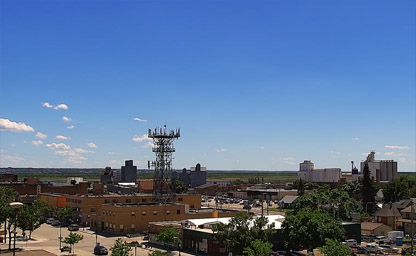
The sixth-largest city in North Dakota
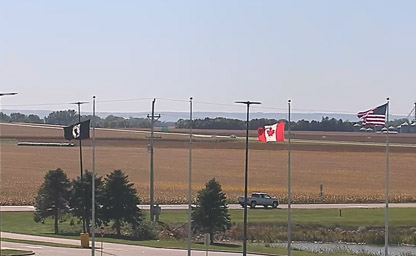
The premier property of the Dakota Nation Gaming Enterprise
IpLiveCams offer a real-time glimpse into the Peace Garden State’s vast landscapes, charming small towns, and unique attractions. From rolling prairies to rugged badlands, these cameras showcase the natural beauty and tranquil charm of North Dakota.
Nature enthusiasts can explore live feeds from iconic locations like Theodore Roosevelt National Park, the Missouri River, and the Pembina Gorge. These webcams highlight stunning badlands, winding rivers, and lush forests teeming with wildlife.
Webcams in cities such as Fargo, Bismarck, and Grand Forks provide views of North Dakota’s urban life, featuring vibrant downtown areas, cultural landmarks, and community events that reflect the state’s warm and welcoming atmosphere.
For a glimpse of history and heritage, live cameras near historic sites like Fort Abraham Lincoln and the International Peace Garden showcase the state’s rich cultural and historical significance.
Seasonal changes add to the beauty of North Dakota’s live webcams. Witness golden fields of sunflowers in summer, colorful foliage in fall, serene snowy landscapes in winter, and blooming prairies in spring.
Whether you’re planning an adventure, exploring North Dakota’s natural wonders, or simply enjoying its peaceful beauty from afar, live webcams provide an engaging way to connect with the state’s wide-open spaces and vibrant communities.
North Dakota’s history is a tapestry of Native American heritage, European exploration, and American settlement, all intricately woven over centuries. The region has been home to Indigenous peoples for thousands of years, with the Mandan, Hidatsa, Arikara, Dakota Sioux, and Chippewa tribes playing a central role in its early cultural and social development. These communities thrived along the Missouri River and its tributaries, cultivating agriculture, developing trade networks, and creating intricate societies rooted in respect for the land.
In the 18th century, European explorers arrived, led by French fur traders seeking to capitalize on the rich resources of the northern plains. The Louisiana Purchase in 1803 marked a turning point, as North Dakota became part of the vast territory acquired by the United States. The famed Lewis and Clark Expedition of 1804-1806 passed through the region, marking the Missouri River as a critical route for exploration and trade. Their encounters with the Mandan and Hidatsa tribes underscored the region's strategic and cultural importance.
The mid-19th century saw increased tensions as westward expansion encroached on Native American lands. Treaties such as the Fort Laramie Treaty of 1851 were intended to establish boundaries but often led to disputes. The discovery of gold in nearby territories heightened these conflicts, culminating in events like the Battle of the Little Bighorn and the construction of forts to protect settlers. By the late 19th century, the arrival of the Northern Pacific Railway and the passage of the Homestead Act of 1862 spurred an influx of settlers, transforming the landscape into agricultural farmland.
North Dakota achieved statehood on November 2, 1889, as the 39th state in the Union. The early 20th century brought challenges, including harsh winters, economic fluctuations, and the Dust Bowl era, which tested the resilience of its residents. However, the state rebounded with advancements in agriculture and energy exploration, including the discovery of oil in the Williston Basin. Today, North Dakota remains a vital contributor to the nation’s energy and agricultural sectors while honoring its deep-rooted history through preserved landmarks like Fort Union Trading Post and the Knife River Indian Villages.
North Dakota experiences a continental climate characterized by distinct seasons, dramatic temperature variations, and extreme weather events. Winters in the state are long, cold, and often harsh, with temperatures frequently dropping below 0°F (-18°C). Snowfall is common, blanketing the plains and creating strikingly beautiful but challenging conditions. Blizzards can occur, especially in the northern and eastern regions, impacting travel and daily life.
Spring brings a gradual thaw, with temperatures warming and prairie landscapes coming to life. The season can be unpredictable, with occasional flooding along rivers like the Red River, which has historically affected cities such as Fargo and Grand Forks. Summer in North Dakota is warm and sunny, with average highs ranging from 75°F to 85°F (24°C to 29°C). Thunderstorms are frequent, and the state is part of "Tornado Alley," making severe weather preparedness essential.
Autumn is a spectacular time to visit, as the state's vast expanses of farmland and open plains transform into a patchwork of golden and amber hues. The crisp air and cooler temperatures make outdoor activities such as hiking and hunting particularly enjoyable. Despite its weather extremes, North Dakota’s climate is well-suited for its agricultural economy, supporting crops like wheat, barley, and sunflowers that thrive in the region's unique conditions.
Spanning approximately 70,700 square miles, North Dakota is a land of remarkable geographical diversity and natural beauty. The state is bordered by Canada to the north, Montana to the west, South Dakota to the south, and Minnesota to the east. Its landscape is divided into three main regions: the Red River Valley, the Drift Prairie, and the Missouri Plateau.
The Red River Valley, located in the eastern part of the state, is a flat and fertile region shaped by the ancient Lake Agassiz. This area is known for its rich soil, making it a prime location for agriculture, particularly in crops like soybeans and sugar beets. The valley's flatness also contributes to periodic flooding, particularly during spring snowmelt.
The Drift Prairie lies west of the Red River Valley and is characterized by gently rolling hills, wetlands, and numerous lakes. This region is dotted with glacial deposits, remnants of the last Ice Age, and serves as a haven for wildlife. It is also home to the Prairie Pothole Region, a critical habitat for migratory waterfowl, attracting birdwatchers and conservationists from around the world.
Further west, the Missouri Plateau dominates the landscape with rugged hills, badlands, and expansive grasslands. The Theodore Roosevelt National Park, located in the heart of the badlands, showcases dramatic rock formations, deep canyons, and roaming herds of bison and wild horses. The Missouri River, which bisects the state, is a vital waterway for recreation, irrigation, and energy production, with reservoirs like Lake Sakakawea offering opportunities for fishing and boating.
North Dakota’s highest point, White Butte, rises 3,506 feet above sea level in the southwestern corner of the state, while the lowest point is the Red River at 750 feet above sea level. The state’s geography is also rich in resources, including oil and natural gas reserves in the Bakken Formation, which have fueled economic growth in recent decades.
Tip: When exploring North Dakota, make time to visit both the eastern prairies and the western badlands. This will provide a comprehensive view of the state’s contrasting landscapes and diverse ecosystems.
Interesting Fact: North Dakota is home to the International Peace Garden, a 2,300-acre park straddling the U.S.-Canada border. Established in 1932, it symbolizes the enduring friendship between the two nations and features beautiful floral displays, a peace chapel, and hiking trails.